From St Petersburg to Beijing, Alissa Greenberg spent seven weeks on one of the world’s great train journeys learning which trains to take, what to eat – and even what to wear.

Know your (railroad) lines. The Trans-Siberian railroad actually has three main routes. They all follow the same course for the first 2050 miles outside of Moscow, but then they split: the Trans-Siberian continues east to Vladivostok, the Trans-Manchurian veers south-east to Harbin and Beijing, and the Trans-Mongolian darts south via Ulaanbataar to Beijing. The whole network was built at great cost in blood and treasure at the turn of the 19th century in order to connect Moscow with the port of Vladivistok on the Sea of Japan, boosting business and trade. In Russia and Mongolia, where plane travel can be prohibitively expensive and the distances are enormous, the rail network quickly became a popular way for the middle and lower classes to travel. It remains that way today.

One is the highest number. Many kinds of trains ply these rails, and a train’s number tells you its relative speed and modernity: the lower the number, the higher the speed and price. In this case, you’ll want to aim high. There’s a time and place for luxury, but this isn’t it. Even the older, higher-numbered trains feature facilities that are clean and comfortable—if basic—at far lower prices. And most winningly, high-number trains feature a lower and more appealing ratio of drunk Australian tourists to engaging Kazakh musicians.


Pick your season. Traveling the Trans-Mongolian in summer means sunlight and warmth, but it also means swarms of both mosquitos and fellow travelers. Winter offers a more unusual perspective and fewer fellow tourists, but brings extra-short days and temperatures that can plumb depths of -25 degrees. Winter in Siberia is a thing of stark, elegant beauty and it feels like yours almost exclusively to explore, provided you invest in the right parka. You can ride a bus over frozen Lake Baikal, participate in the beloved Russian sport of sprinting between sauna and snow bank, and enjoy frozen scenery from the cozy warmth of your train car. Summer, on the other hand, means a lighter suitcase, hiking and rock climbing in Krasnoyarsk, countless local festivals, and a dip in frigid Lake Baikal if you’re feeling gutsy. Fortunately, vodka is always in season.

Nothing prepares you for platzkart. A Russian train’s third class carriage is the way the Russian everyman gets from Vladivostok in the west to China in the center, or from Omsk, close to the Kazakh border, to Nadym by the Arctic Circle. Platzkart passengers sleep on vinyl-covered benches that fold down over suitcase cabinets to prevent theft. They make their own beds on those benches with fresh linens passed out by an ever-present provodnik—a cross between a conductor and den mother—and settle in for journeys that are, for many, measured in days rather than hours. A platzkart car is divided into open-plan compartments, with two sets of bunk-bed style benches facing each other and a window; then a narrow aisle; then another bench bunk bed on the other side of the train. The pattern repeats on and on down the car, uniting more than 40 snoring, snuffling, sweaty, swearing, complaining strangers into unlikely bedfellows. Nationalist politician Vladimir Zhirinovsky, whose party threatened to eliminate platzkart completely, railed against them in front of the Duma: “You’d find more peace and quiet in a flophouse,” he huffed. “There are no cabins like this anywhere else in the world.” Exactly.
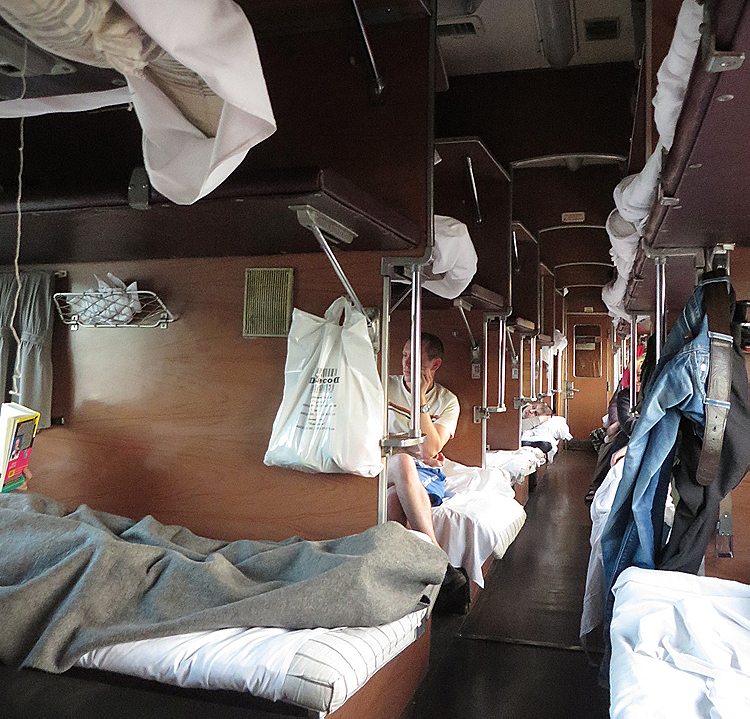

But there’s also kupe. A first-class ticket doesn’t really buy you anything fancy except privacy, and the price jump is out of proportion with the extra services it buys. If platzkart strikes you as too much adventure, then kupe is the second-class happy medium. A kupe compartment contains two sets of bunk beds with a lockable door and a small common table. You still have to use the bathroom at the end of the hall, and you still have to listen to strangers snoring, but the discomfort factor of a massive rolling dormitory is reduced.

It’s not a hop-on, hop-off tour. It’s tough to do the Trans-Siberian spontaneously. Booking your tickets and planning your route well in advance is essential for the summer, when lower-number (cheap) trains fill up quickly, and the higher ones can book out too—especially if you have a preference for high or lower bunk. You can linger in stops along the way (and catch different trains for a detour) if you break up your route and buy tickets for individual trips, but you can’t just board a train at whim – you must have a berth reserved for any train you take on the network. A big part of planning will be visas. If you’re short on time, it’s better to get all visas for the countries you’ll visit sorted in advance (and you may even need transit visas, such as for Mongolia, even if you don’t stop there) but if you’re more flexible with time, you can wait the few days to get a Chinese visa while you’re in Russia, or vice versa. Be sure to check each country’s policy in advance for the vagaries of visa policies, including transit visas. And fair warning: both countries are notoriously picky about visa policy and inclined to reject applications that do not follow protocol precisely. Stories abound of visas rejected because of incorrect margin size or address format.

Boiled or bottled. Most trains in the network offer unlimited boiling water from samovars at the end of each passenger car. So soups, pasta, coffee and hot chocolate are always snack options if you bring the right supplies: Noodles are a Trans-Mongolian staple. Generally the only way to get fresh drinking water, however, is to let the samovar-boiled water cool, so most people drink copious amounts of tea instead. Protip: There’s a supermarket across the street from Yaroslavsky Station in Moscow for stocking up on bottled water on day one.

One for me, one for you. Days-long train trips mean certain boundaries between strangers melt away. Russians are famously taciturn, but on the train, men and women from opposite sides of the country share helpings of smoked fish, hours of conversation, card games, cups of tea, and, frequently, vodka. Your best bet is to stock up doubly before each leg at the little grocery stores and snack bars that populate every train station. Sharing food is the quickest route to friendship on a Russian train, and your companions are sure to share in return. At bigger stations, elderly babushkas will sometimes board the train to hawk homemade dinners. In the right area, they sell smoked omul – a fish found only in Lake Baikal. But don’t count on their presence, as they tend to sell only on the faster trains.
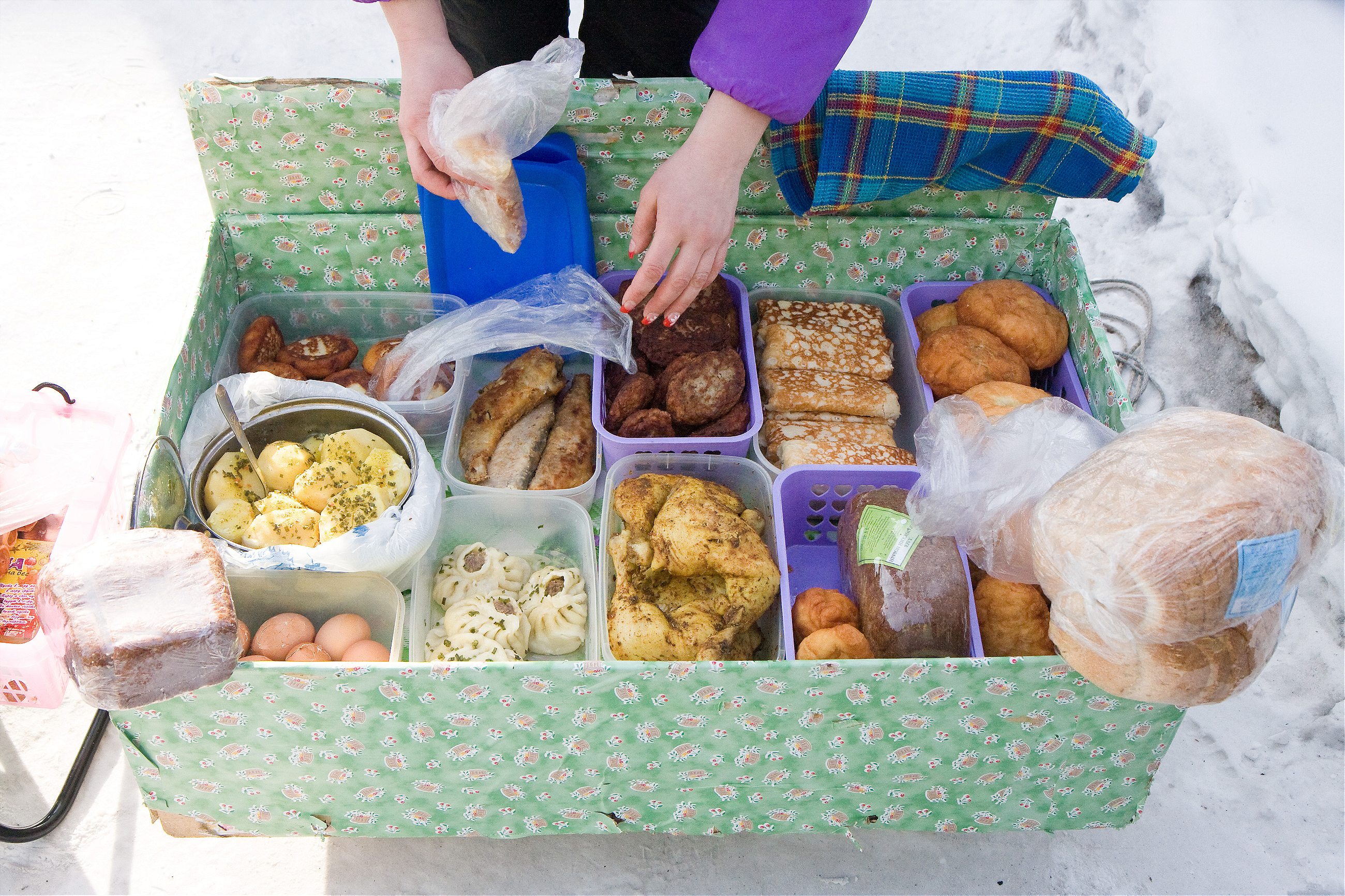

Follow the dress code. Pajamas and slippers are a necessity. When the train leaves a station, new riders immediately change into their “train clothes” and put on slippers. It’s more comfortable for the long ride ahead, and it adheres to the belief that the outside world, especially the ground, is unthinkably dirty. But keep it tasteful: no nighties or negligees for women, and men should avoid going shirtless.

Rules of the railroad. Life in a train cabin/seat has its own etiquette. It’s not the end of the world if you break these social mores, but following them does a lot to smooth the way. Don’t sit on another passenger’s bedroll when you are still wearing your outside clothes. Also, make sure to unmake your bed and return your dirty linens to the attendant well in advance of your stop. Try not to say no if someone offers to share food and drink with you, and never pass a Mongolian person an item with two fingers.
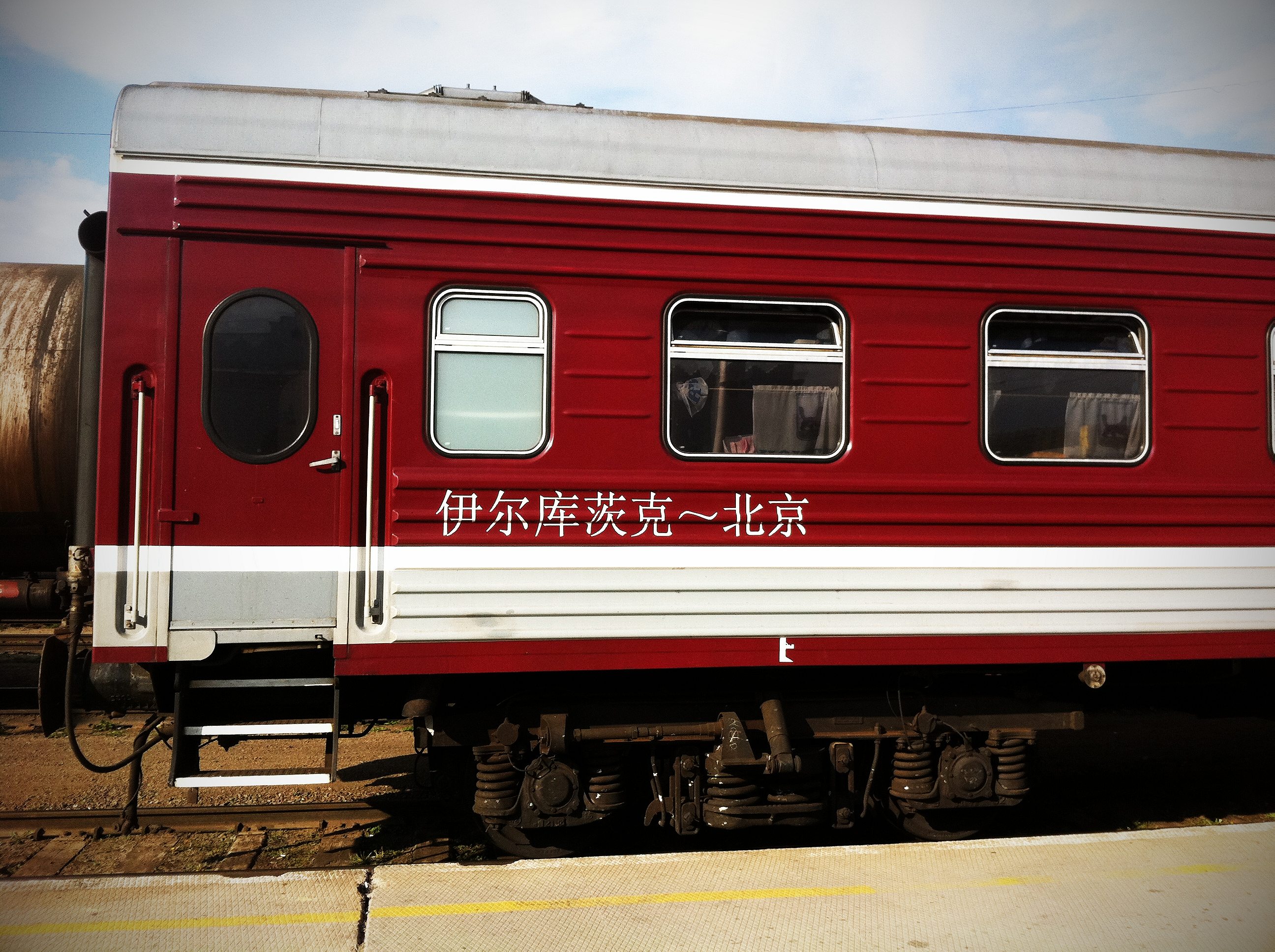

You can stay connected, if you have to. There is no Wi-Fi, but you can arrange a SIM card with 3G/4G for your cell phone for a reasonable price. The 3G signal is actually pretty good along most of the rail route, and the 4G kicks in closer to the larger cities.

Beware the Moscow Metro. There is no way around it: the Moscow metro is a beast. The system features no Latin alphabet transliterations of the Cyrillic station names, and it features entirely separate buildings for each line at transfer stations. That means you must walk between those stations in order to change lines, and the stations do not always appear in the order you expect. For that reason, it’s good to ride the metro with the working assumption that you will get lost; budget extra time into your ride accordingly. But as a consolation, it’s gorgeous: Each station has its own decorative motif, from hand-made stained glass to elaborate sculpture. While you inevitably wander the metro, crying and lost, try to remember to stop and look up for a moment.
Jump out of the sauna and into a snow drift and then let vodka warm you down to your toes

Get out of the city. Moscow, Saint Petersburg, and Novosibirsk are great, but you’re missing something if you don’t get out to the countryside at least once on your trip. You might be lucky enough to make friends on the train heading to the same destination, and lucky enough to be invited to a dacha, the Russian word for “summer house.” The best dachas are wooden-slatted, charming cottages set up for karaoke, shashlik (barbecued meat on a spit), plentiful vodka, and banya (the Russian version of a sauna). Banya is best experienced either in high summer, with light lingering in the sky past midnight, or in dark winter, when you can jump out of the sauna and into a snow drift and then let vodka warm you down to your toes. If you’re brave, ask your Russian compatriots to beat you with the birch branches traditional to a banya, which is said to be good for circulation.
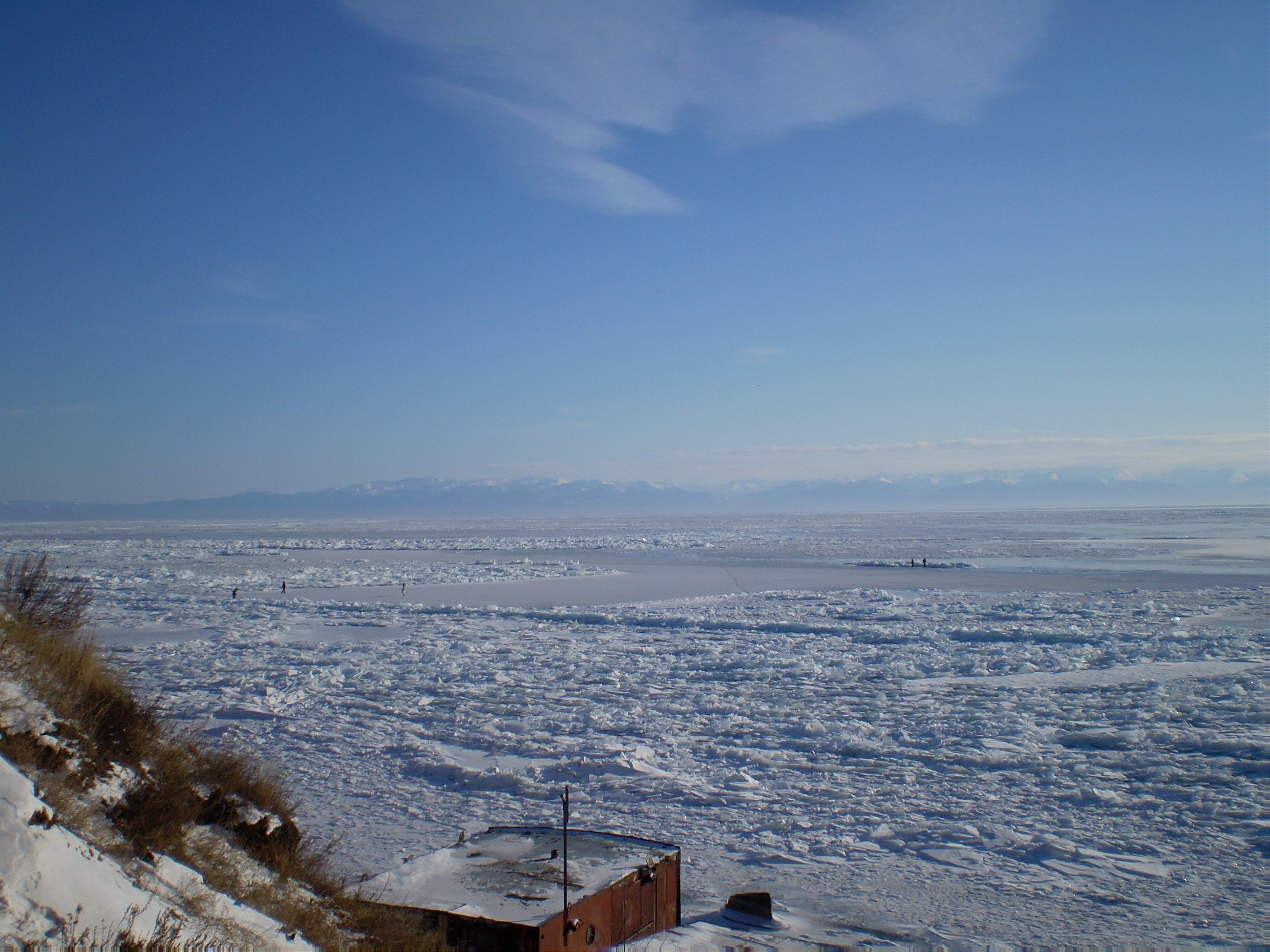

Lock it up. Russian trains are some of the safest in the world, but as on any public transit, petty crime is an issue aboard the Trans-Siberian and –Mongolian railroads. Just because you’ve been drinking with your seatmates for three hours does not mean you can leave your iPhone unattended while you smoke a cigarette at the next station. Some travelers might think of a kupe berth, with its lockable compartment, as more secure, but keep in mind that such locks can be opened by conductors with less-than-pure intentions. Many Russians say that the platzkart is actually safer: with so many people about, someone is always bound to be watching. Wherever you end up, it’s best to remain on guard and to make use of the built-in under-seat storage.


Don’t fear the toilet. Even in first class, there is no luxury when it comes to toilets. In fact, unless you’re on the lowest-numbered trains you shouldn’t even expect a shower. But here is where you should thank the powers that be for the car attendant. You’d think that toilets in continual use for seven days would be foul beyond comprehension, but thanks to the efforts of that one angelic figure, those on the Trans-Mongolian aren’t actually that bad. Most even have a working sink with soap for washing your hands. Just make sure to buy some toilet paper before you board the train. And be warned that the toilets are almost exclusively the kind that empty onto the tracks and are therefore closed for 20 minutes before and after scheduled stops.

Summer in Mongolia. Summer is without a doubt the best time to go to Mongolia. It’s hot, but the millennia-old Nadaam games, a kind of Mongolian Olympics, make braving the heat and dust worthwhile. The trick is to visit right after the nationally observed games in Ulanbataar, which bring thousands of visitors and make the already terrible city traffic impassable. Instead, if you can, wait until late July. That’s when small-scale Nadaam celebrations take place in each of the country’s 21 aimags (provinces). It’s the perfect chance to get an up-close-and-personal glimpse of Nadaam’s three traditions: archery, wrestling, and long-range horseracing. As for the rest, see super-modern Ulanbataar, but also make use of organizations like Ger2Ger to get out in the countryside and experience the country’s nomadic lifestyle.
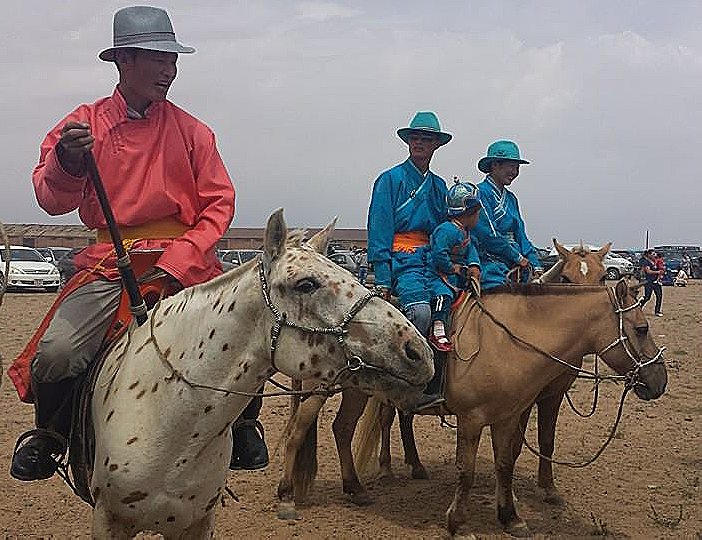

17. Mongolian currency stays in Mongolia. It seems reasonable that border towns, or international trains that pass through or have passed through Mongolia, would accept Mongolian currency, but this is not the case. Despite its colorful design and elegant portraits of national heroes Genghis Khan and Sükhbaatar, Mongolian tugrik (pronounced “togrog”) is persona non grata once you pass even a foot beyond the country’s borders. Mongolia remains a largely cash-based society, which means you need to calculate carefully in advance before you change money, budgeting for each day to avoid being stuck with a useless wad of bills when you move on.

The food is Trans-Mongolian too. On high-numbered trains, dining cars are few and far between, but you may have luck on longer-haul trains. Trans-Mongolian cars are independently owned and operated, but they generally serve decent-quality food as well chips, candy bars, and beer. The best part is that they usually serve the food of the country you’re trundling through. Russian cars sell serviceable blini and kasha; Chinese cars serve dumplings and soups. Mongolian cars are often decked out in elaborate carvings and offer variations on the country’s three main dishes: noodles, goat, and mutton. Be warned that staff often switch out at border crossings, and sometimes the actual car is uncoupled with them – so treat the transition as if an entirely new restaurant will be opening up in the place of an old one, albeit with suspiciously similar décor. Also, don’t expect them to accept foreign currency, even if that currency wasn’t foreign when you got on the train.

Border-crossing is a necessary evil. Crossing from Russia to Mongolia can take over seven hours, and involves lengthy stops in isolated border villages, multiple inspections by border officials of indeterminate job function and responsibility, and the potential for an entire stifling day without breeze, food, or a bathroom. Crossing from Mongolia to China is slightly less excruciating—disembarkation is not usually required—but it’s just as protracted. Mongolian and Chinese railroads have different track gauges, and thus all the wheels on the train must be switched out in a painstaking process that takes many hours.
Choose a path. The Trans-Siberian is legendary for a reason: this continent-spanning rail, and its tributaries, makes it possible for travelers to barrel pleasantly from London to Moscow, connecting to the Gobi Desert and remote Irkutsk (the ‘Paris of Siberia’) and cross the Great Wall of China into Beijing, and even onward to Vietnam and North Korea – all sitting and watching the world change beyond the window. Accept that some of the path will be well-trodden, but just because everyone else is doing it doesn’t mean you shouldn’t do it. Just mix it up: take a more crowded boat ride on the St. Petersburg canals, or marvel at the mawkish beauty of the Moscow Kremlin, but also explore the central-Asian fortresses of Kazan, the laid-back center of Muslim Tatar culture. An ice-cold dip in impossibly-clear Lake Baikal is likewise a highlight of the route, but also be sure to savor lesser-known Siberia, from the “wooden lace” houses of Tomsk to the bouldering, hiking, and snowshoeing of Krasnoyarsk. And don’t forget to leave ample time at the final stop, Beijing, to wander the hutongs and contemplate how far you’ve come without leaving the ground.
Top image: Information board of the Beijing-Ulaanbaatar-Moscow train. Photo by: Kok Leng Yeo

